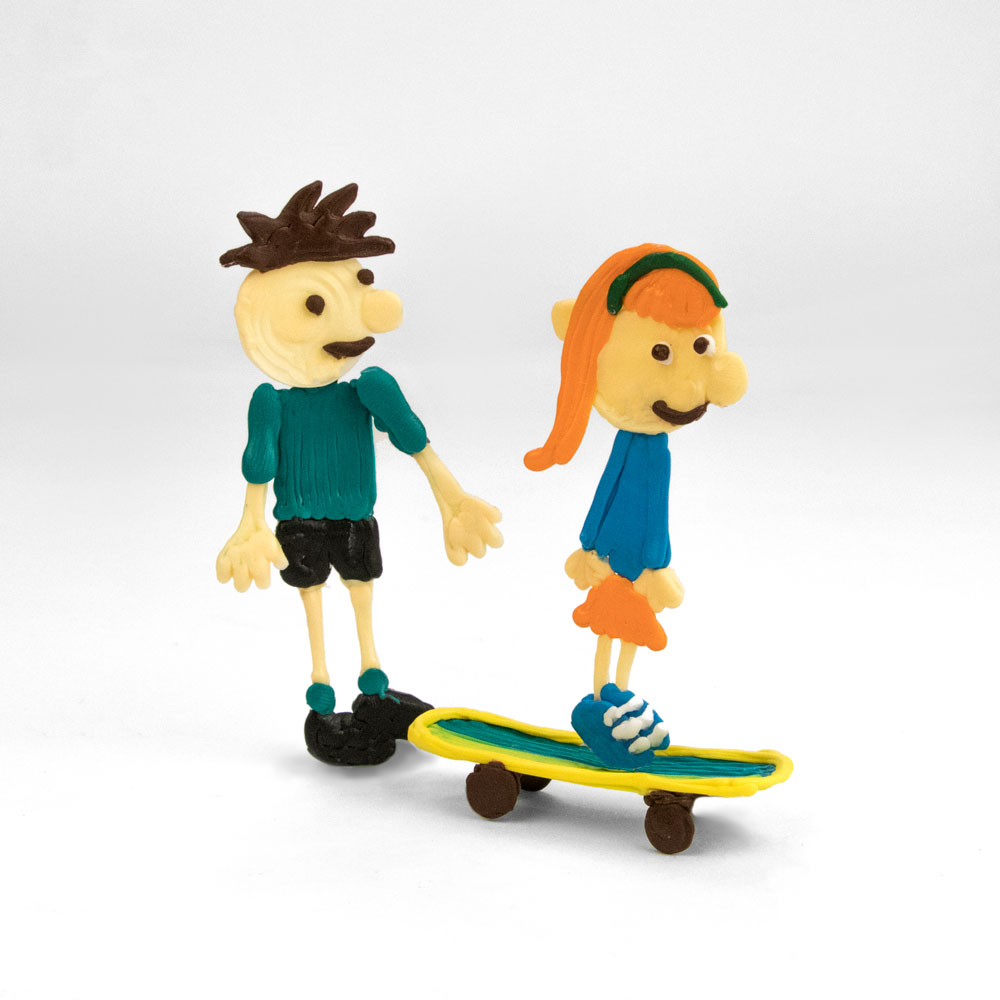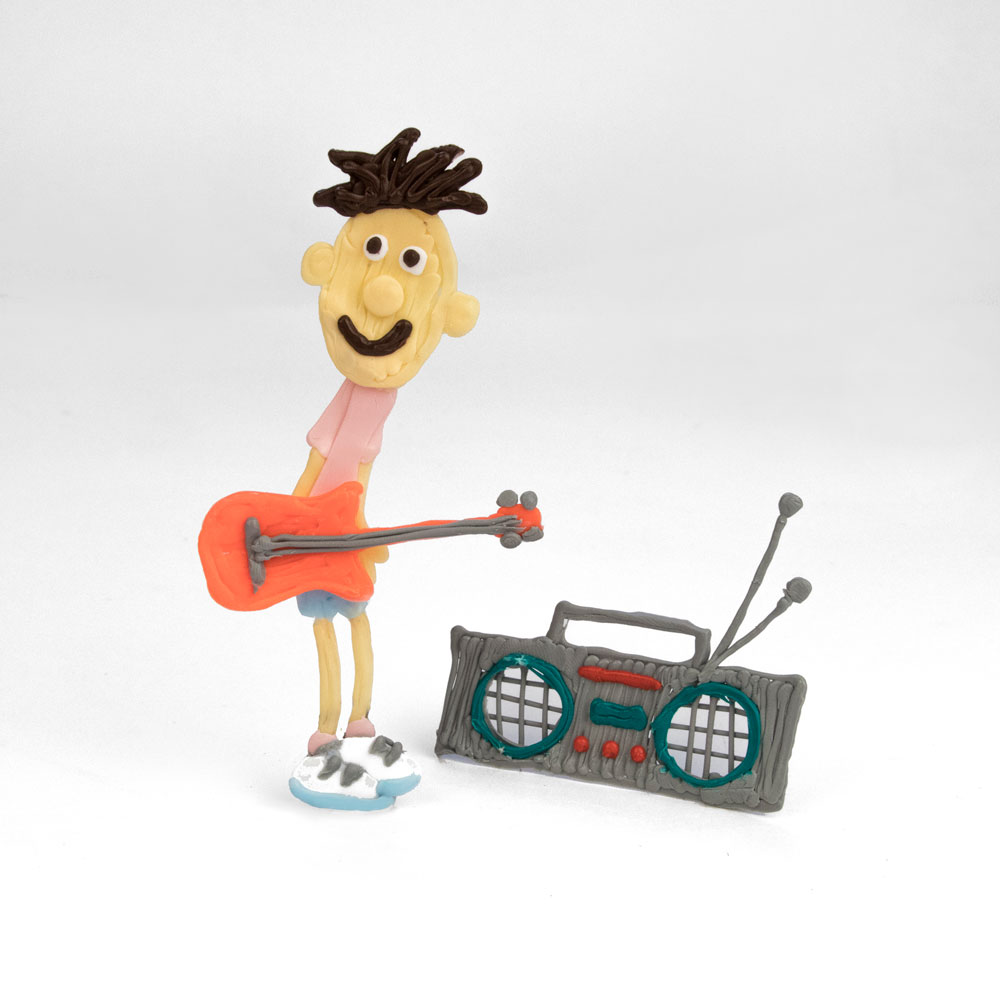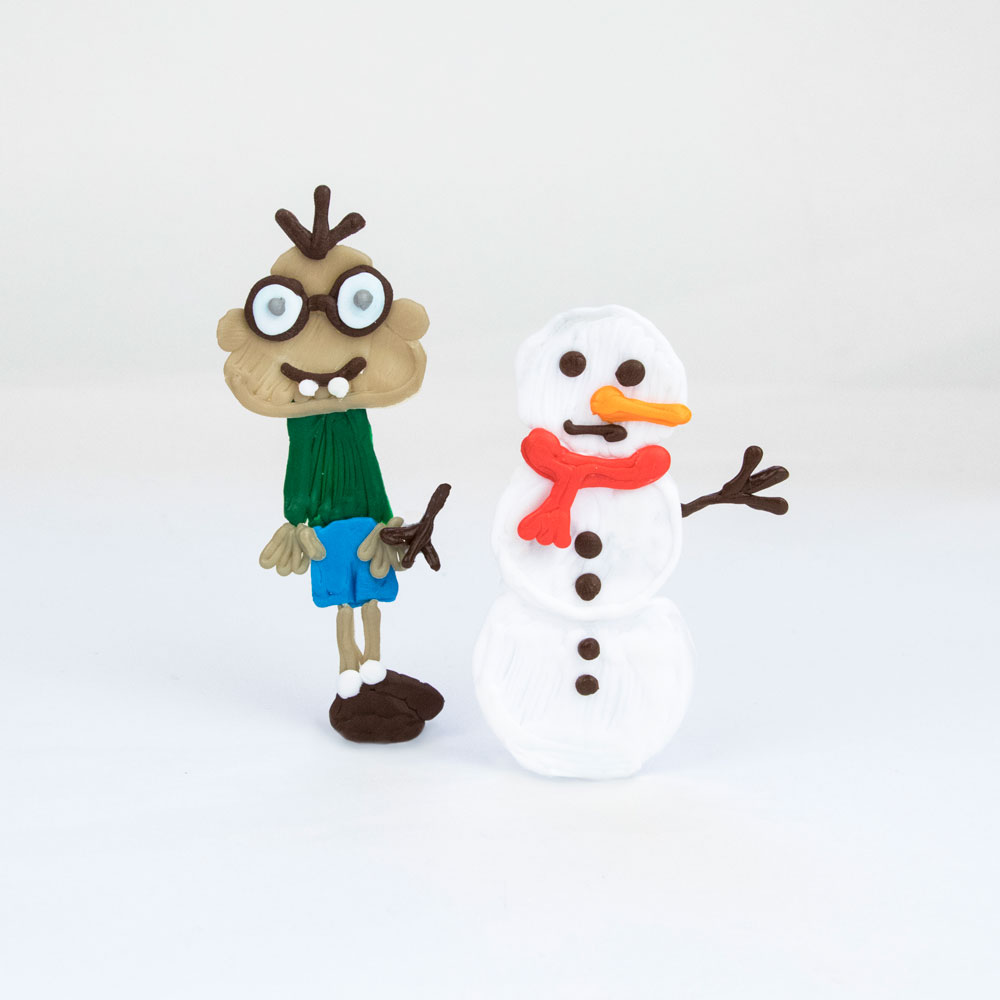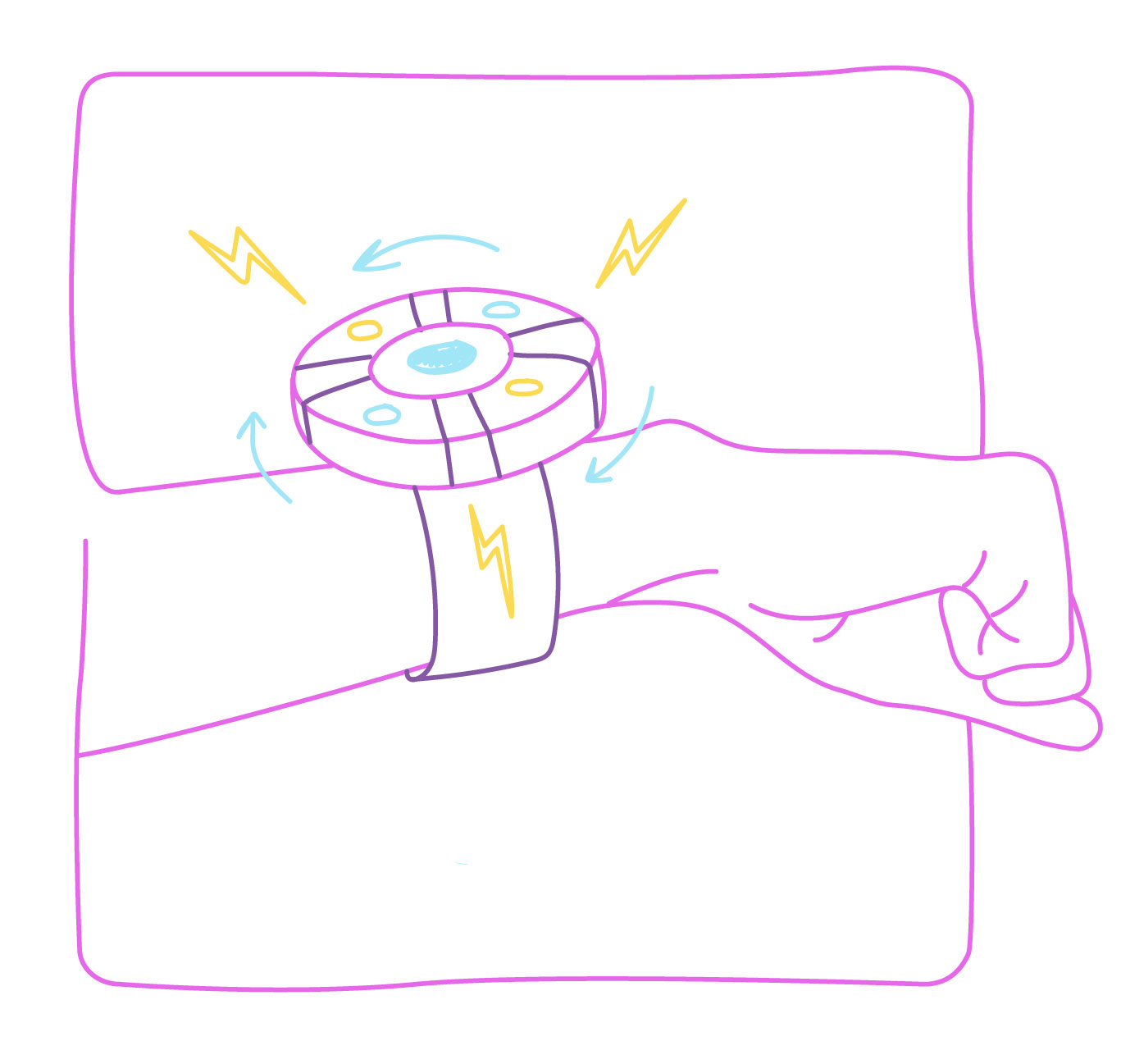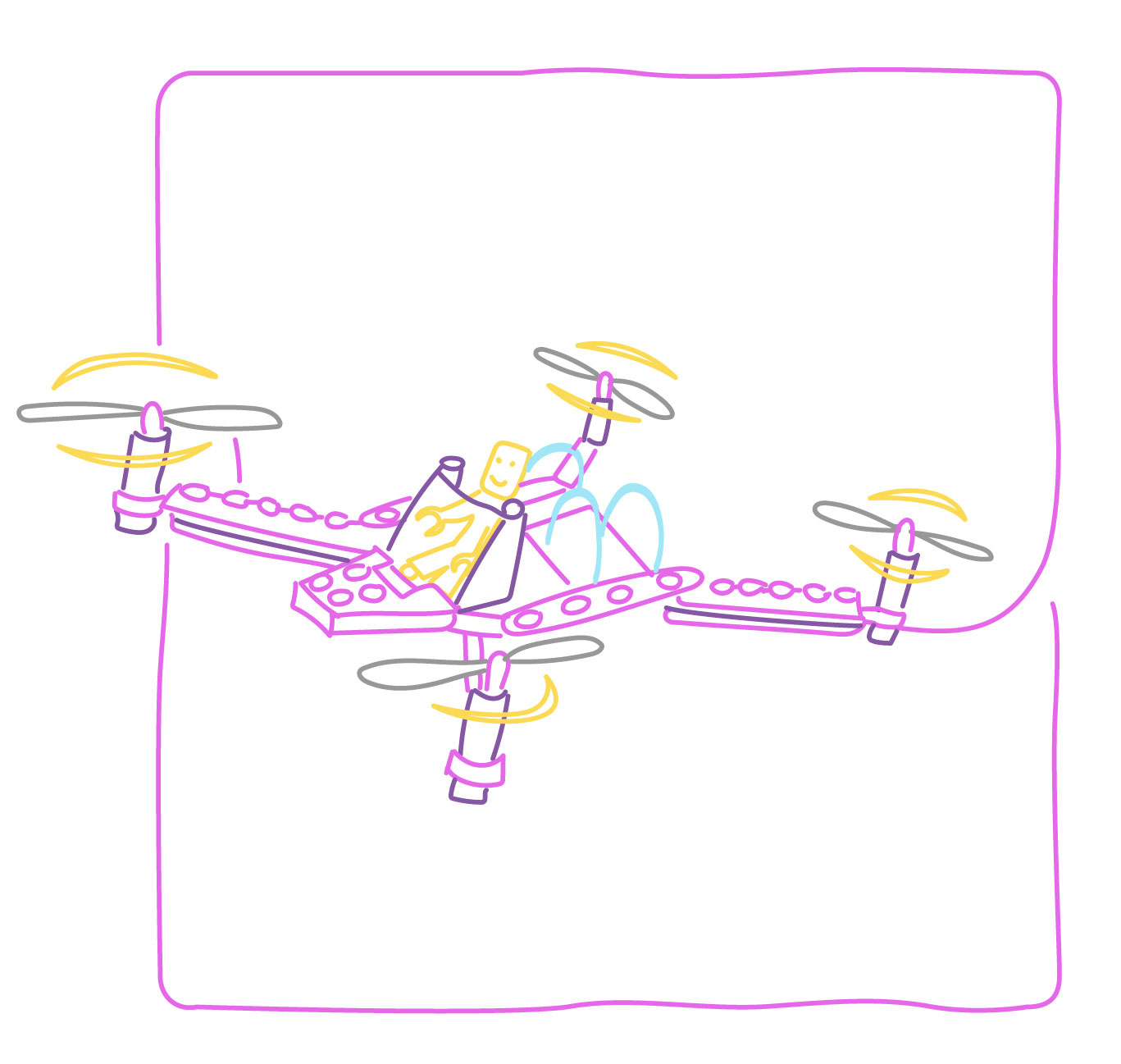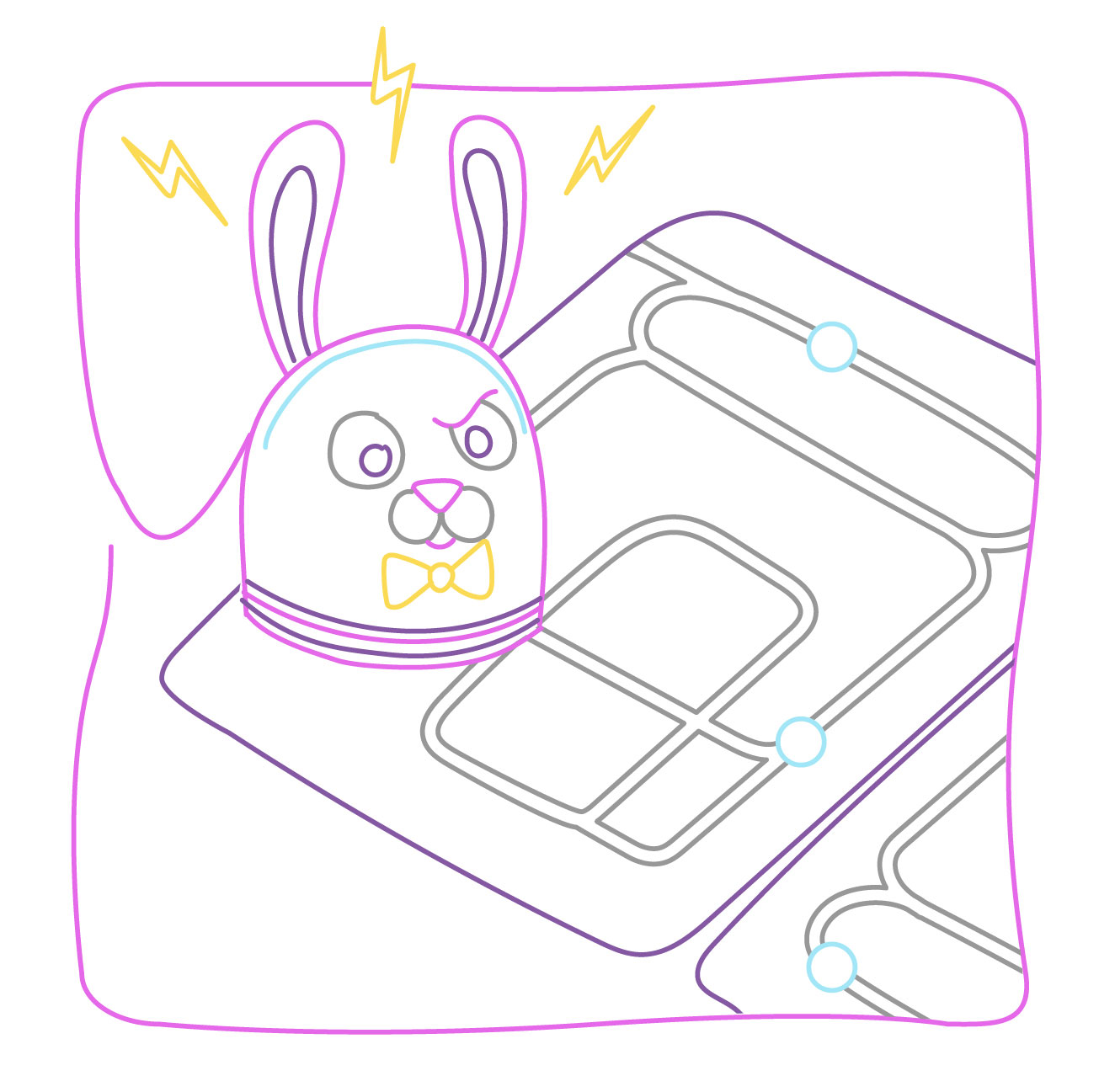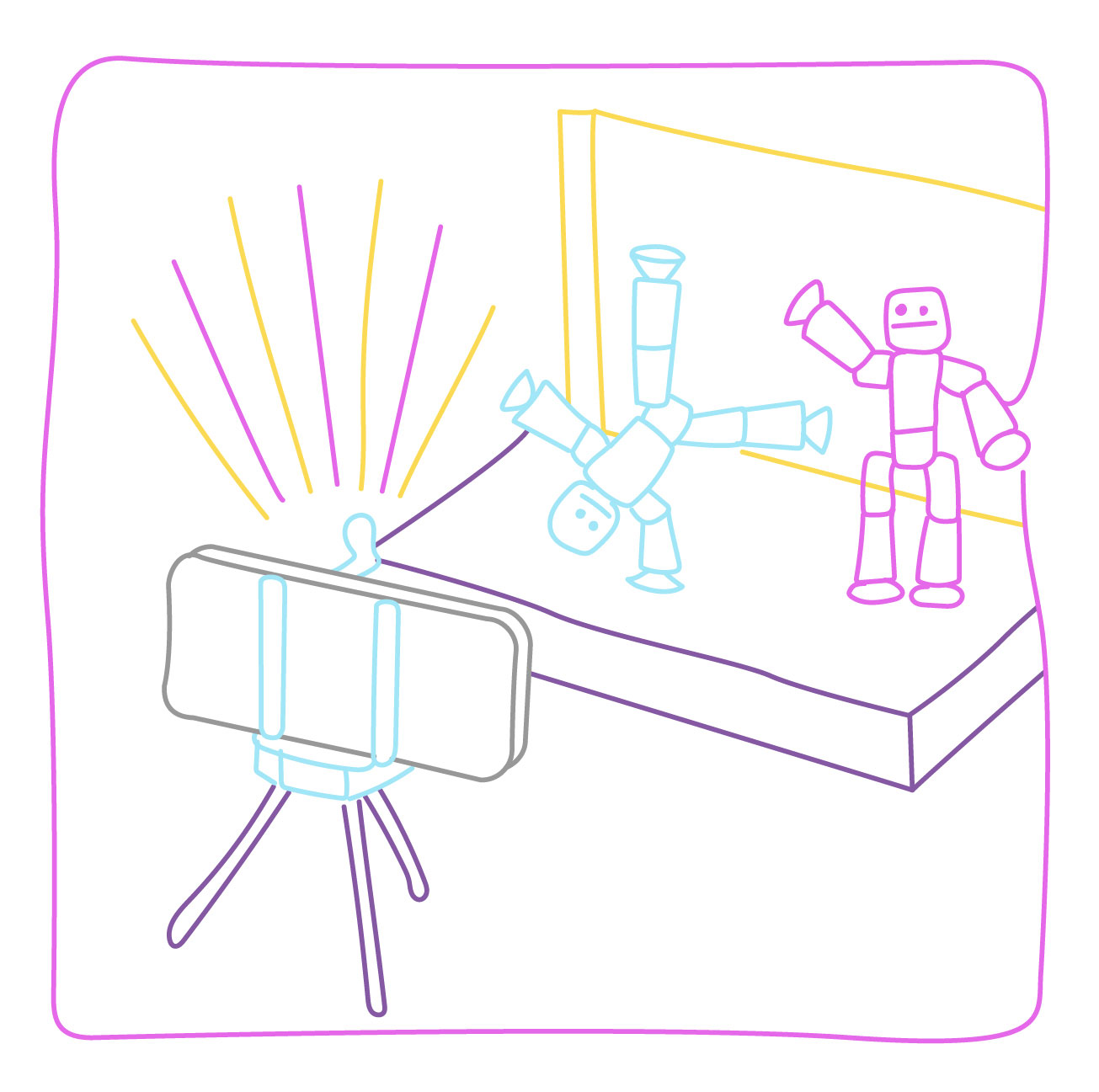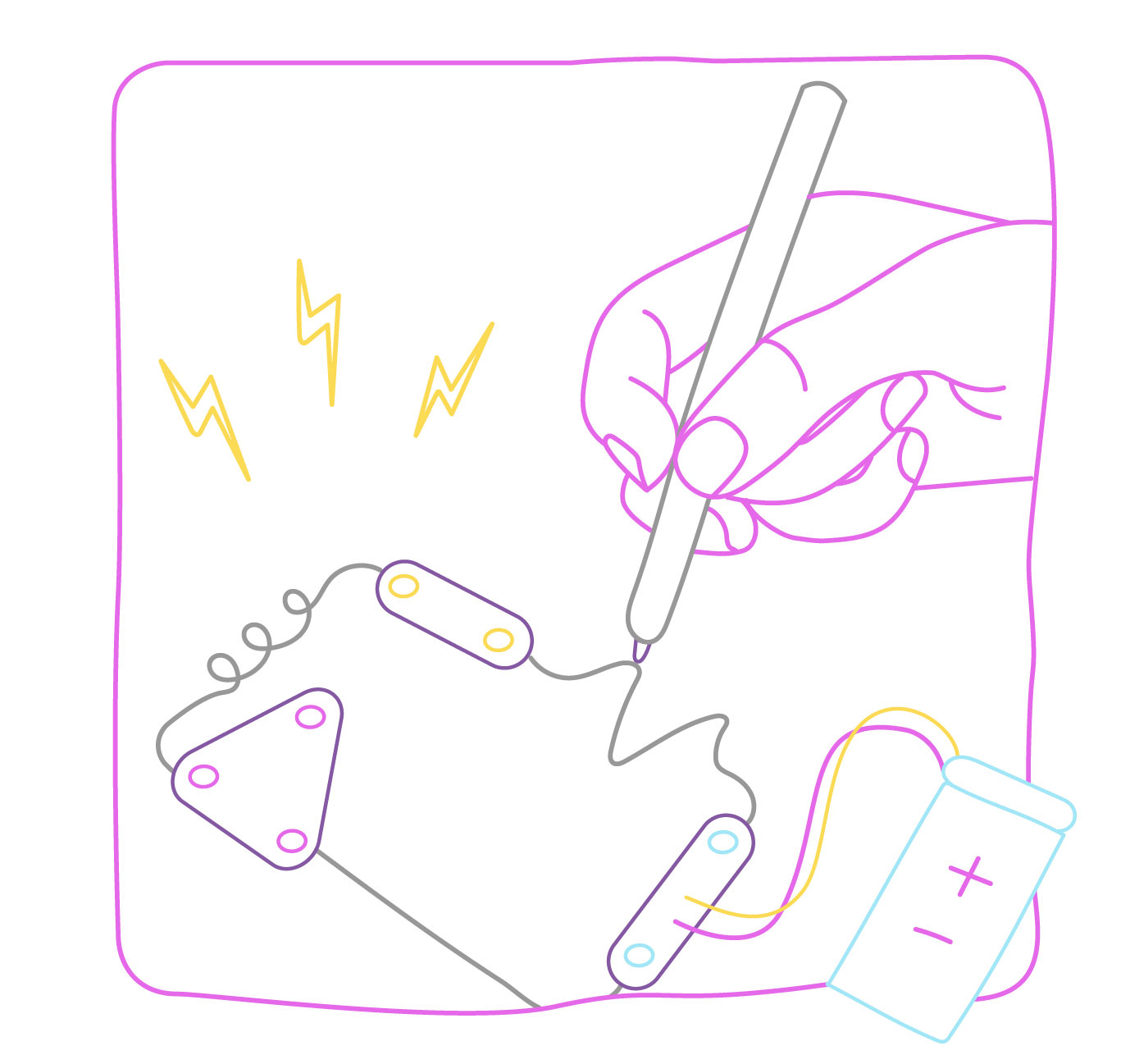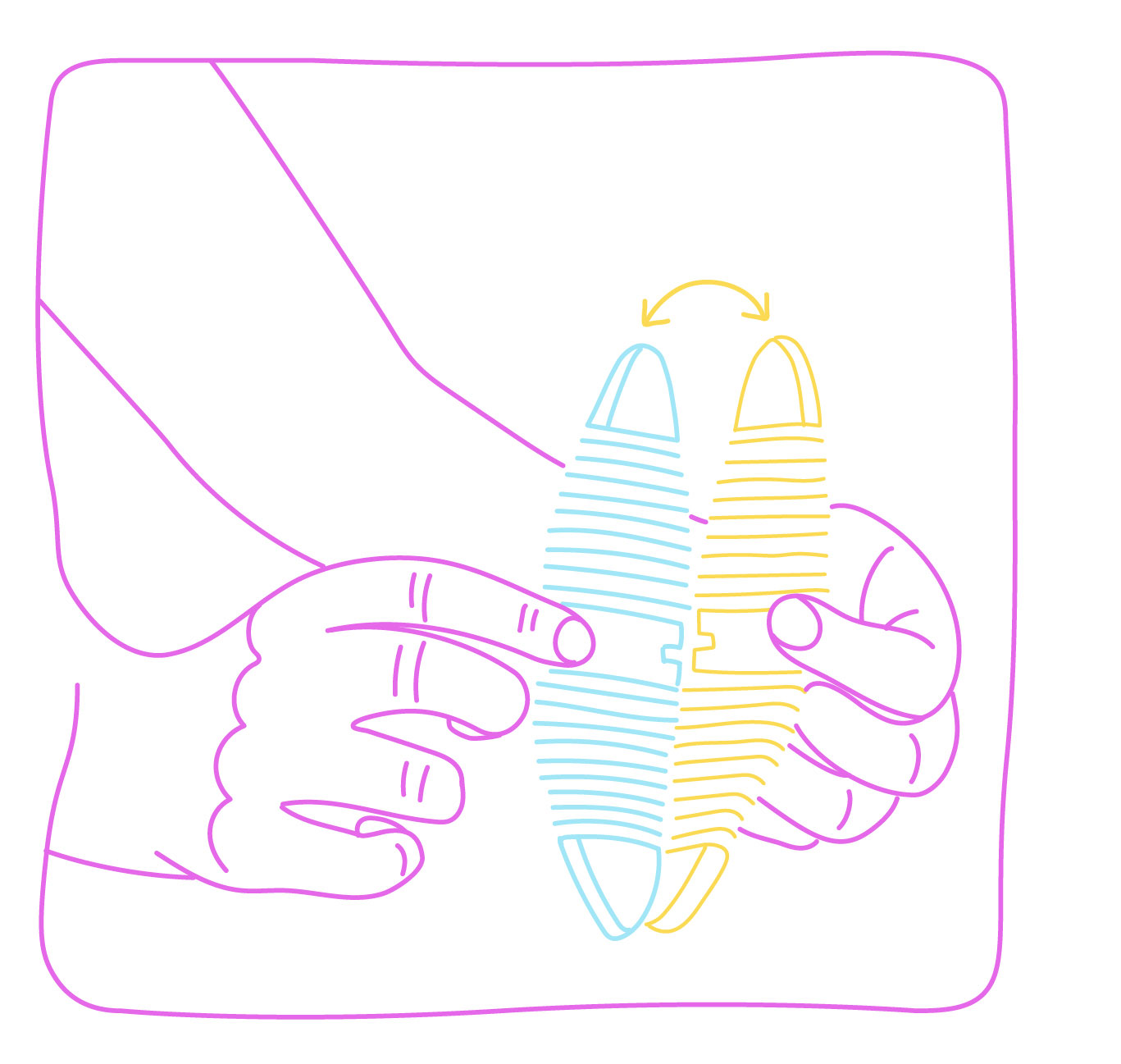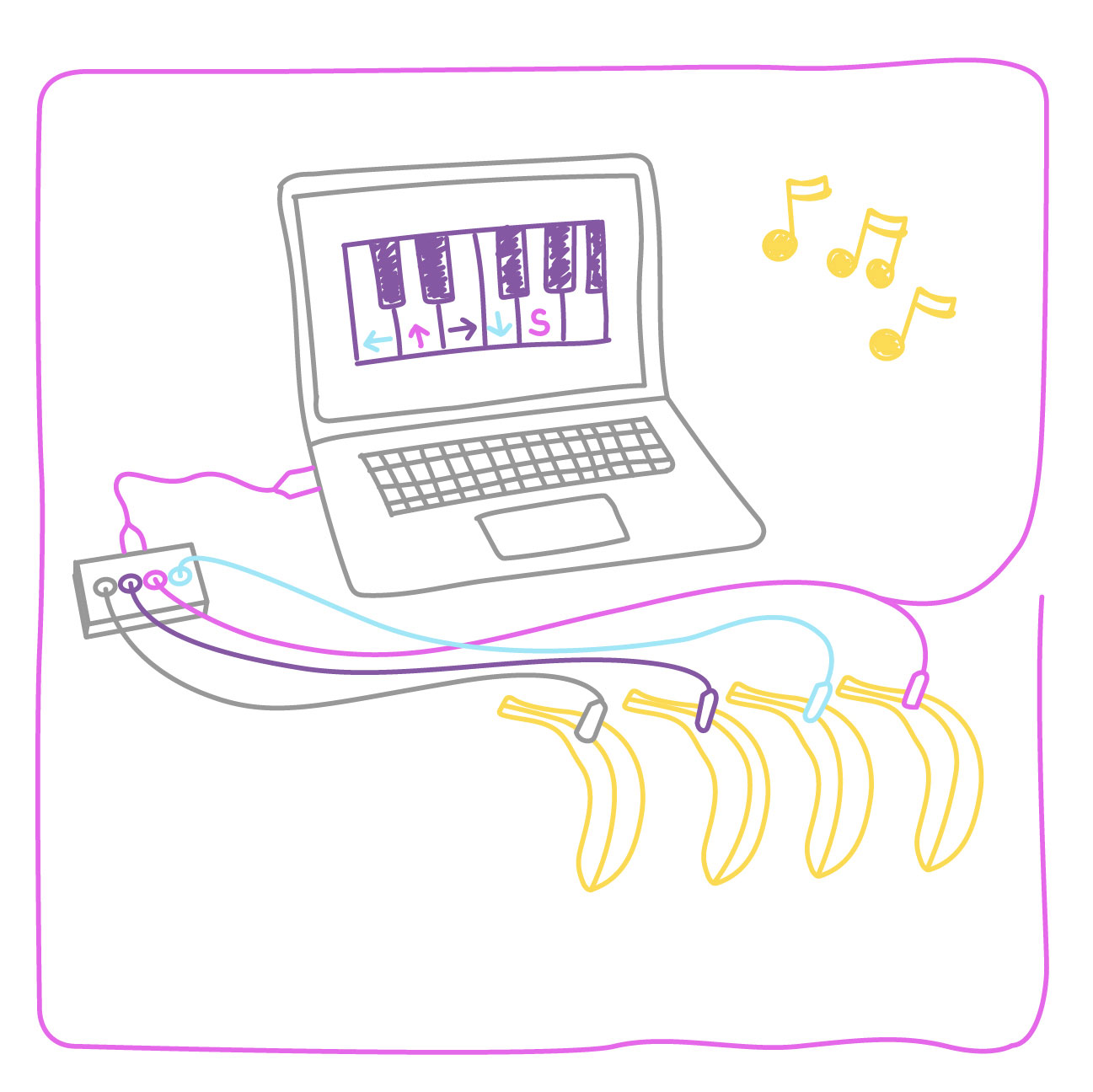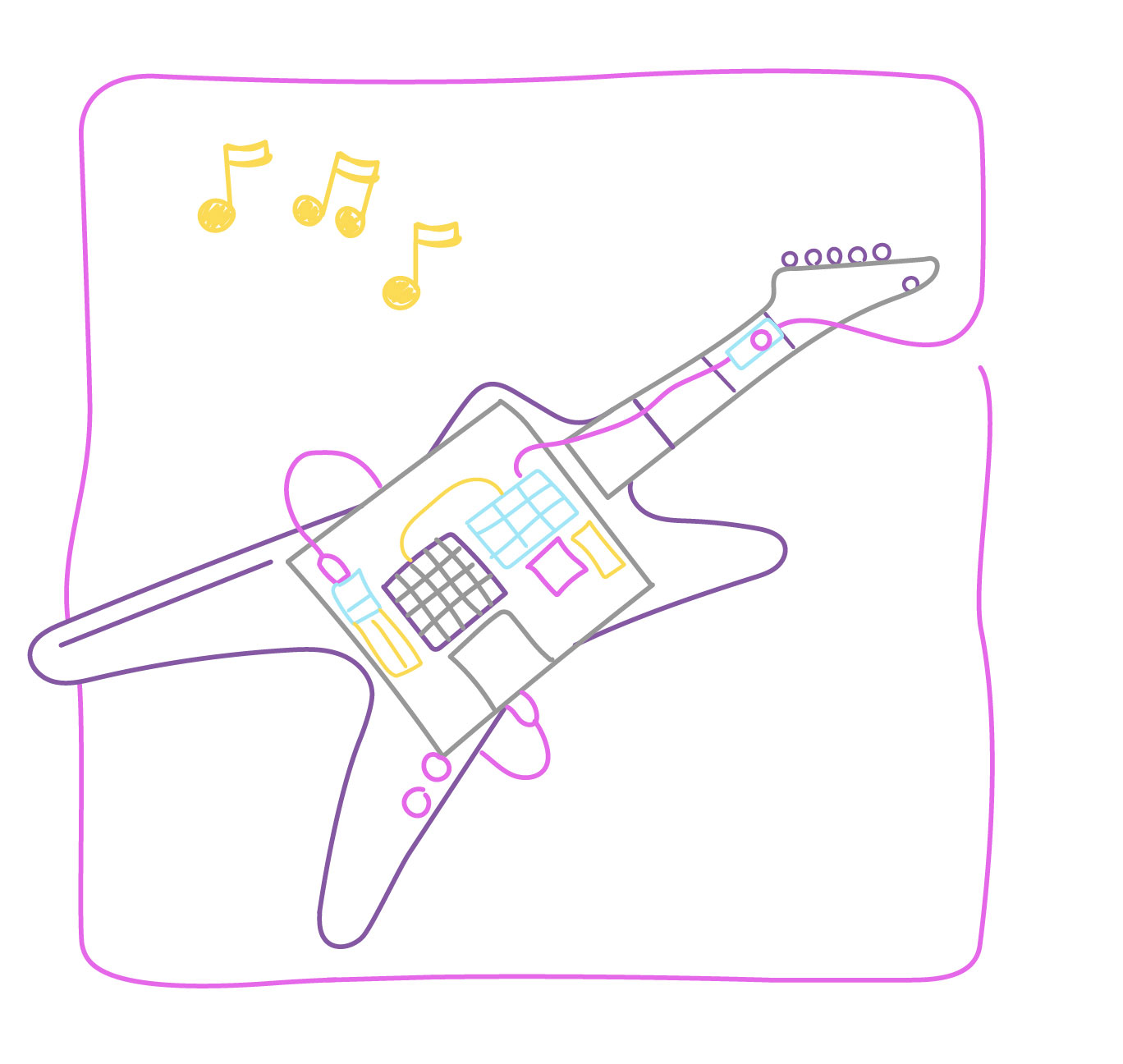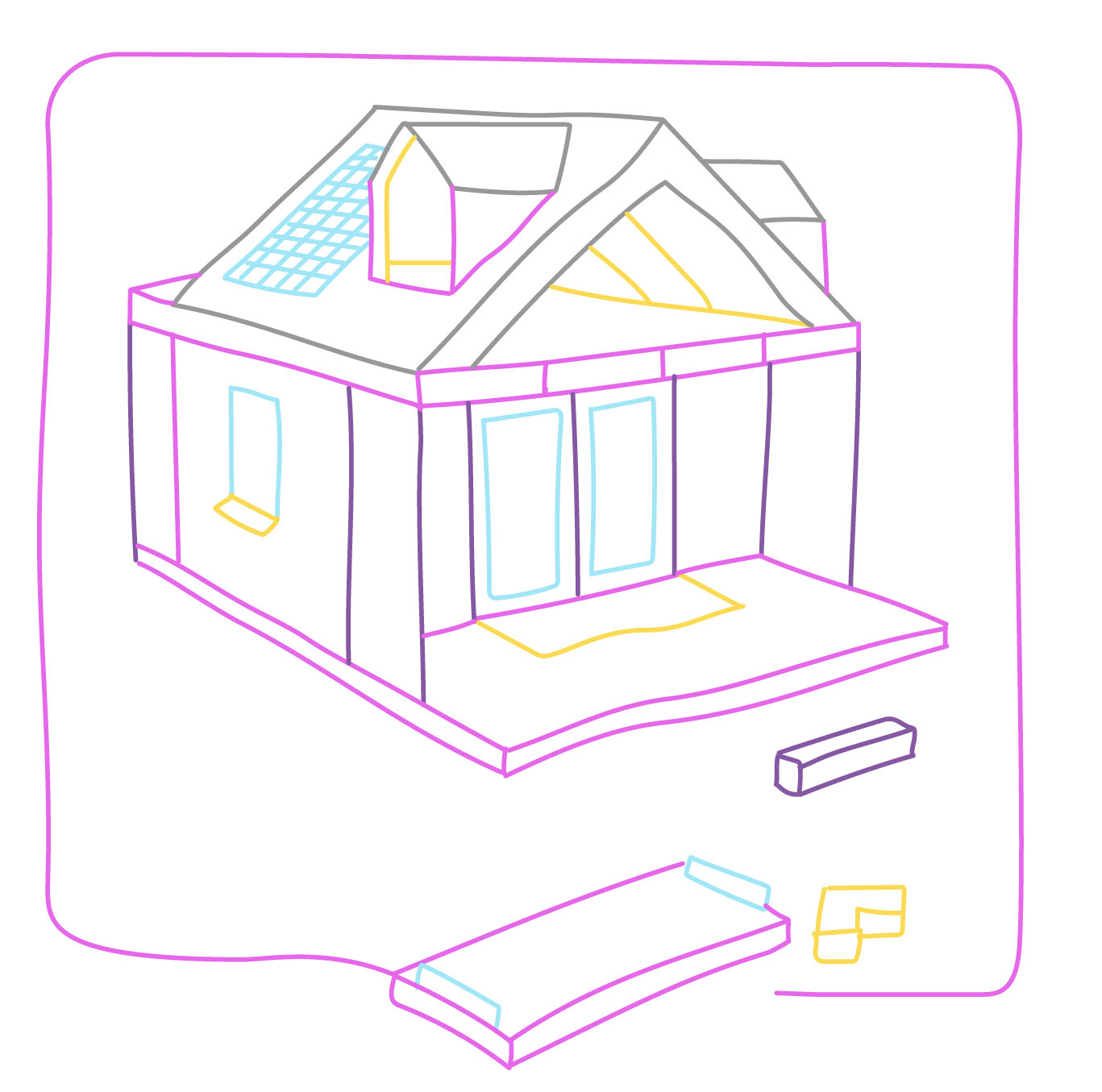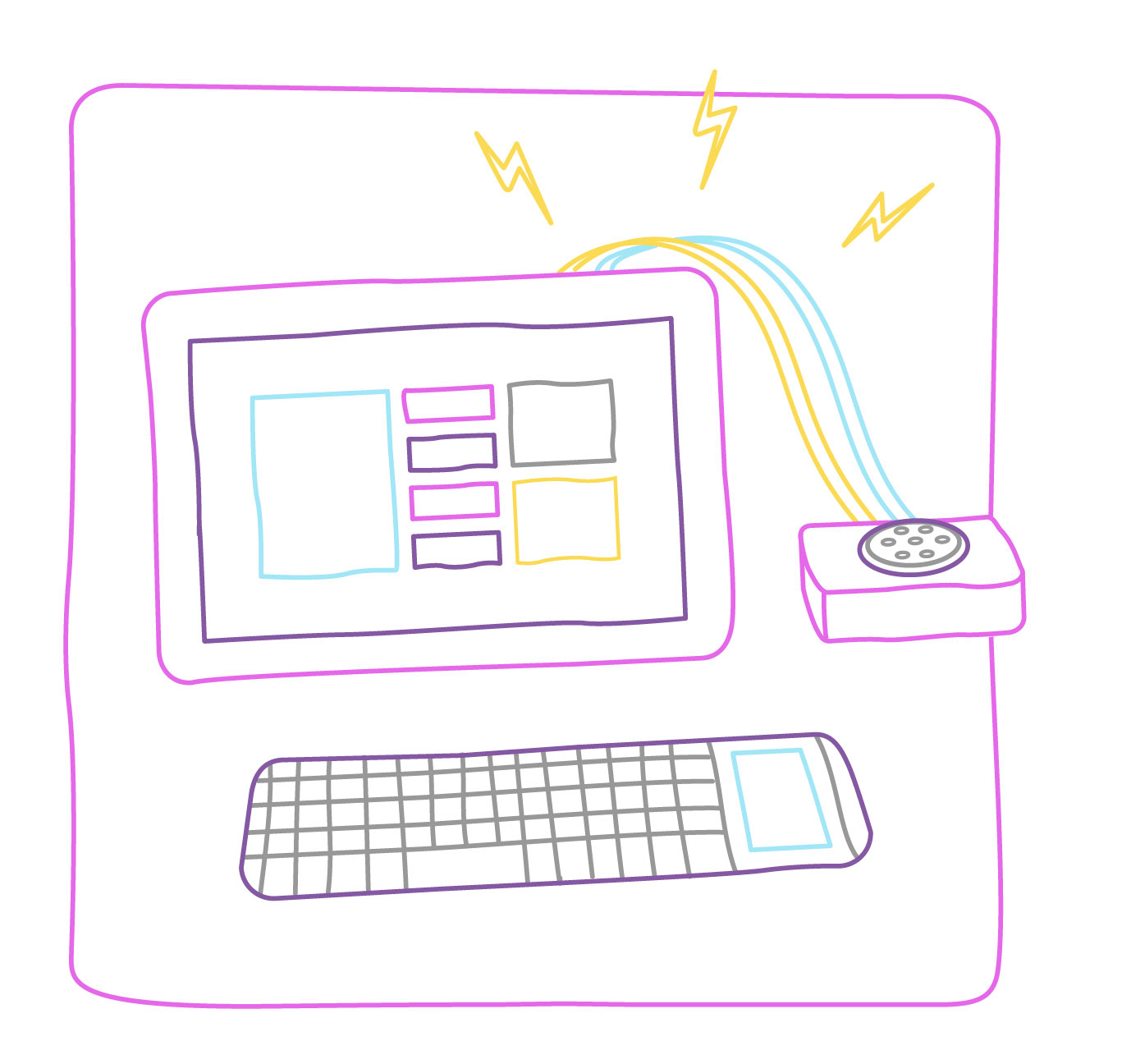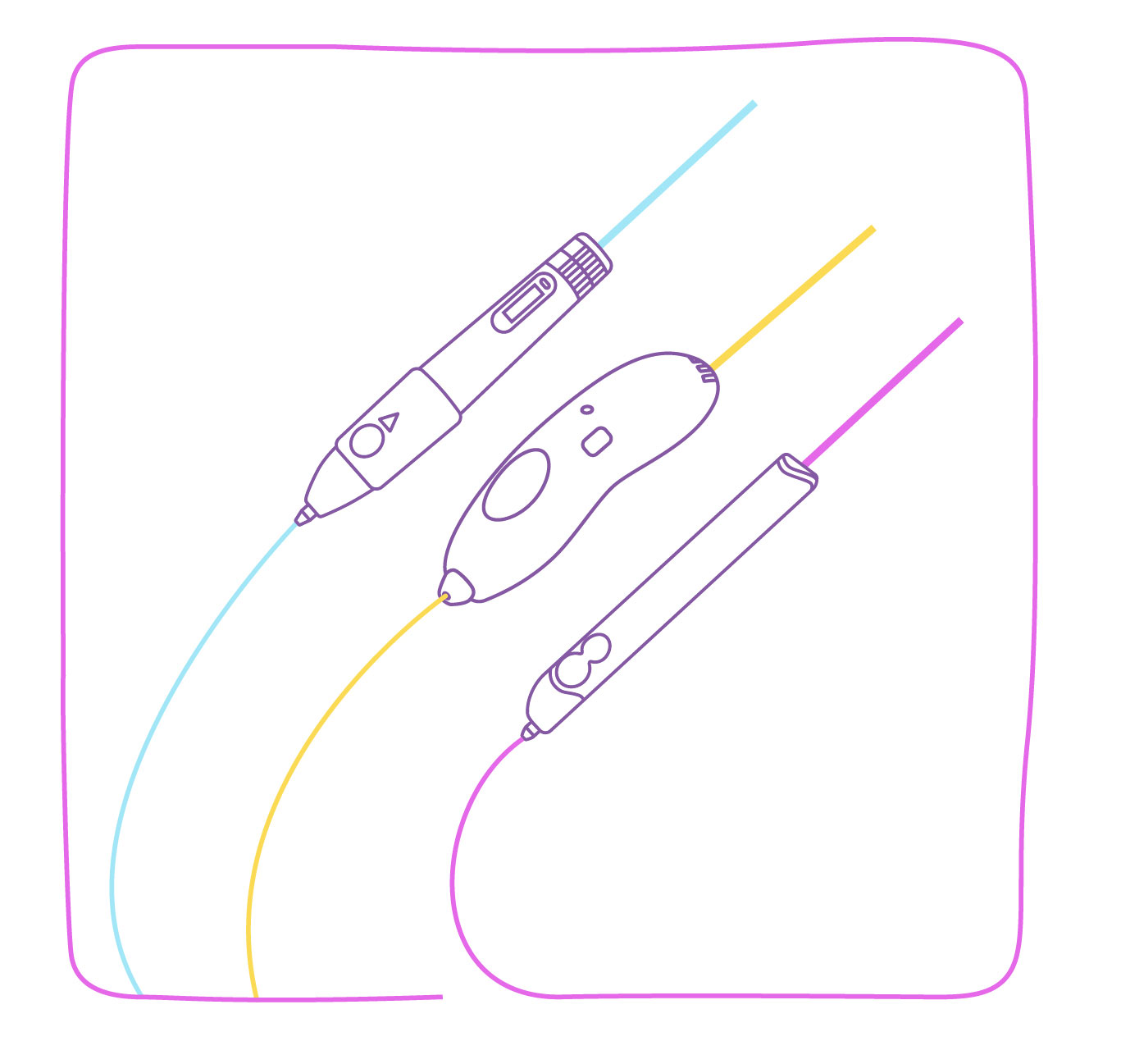As the weather cools, take classic games like soccer, football, and basketball to the next level with 3D designs you can enjoy indoors!
Many sports were meant to be played outdoors, but when the rain sets in or courts aren’t available, you can take the fun indoors. Create games with your 3D pen and get a few friends together to test their design skills. This week we’re exploring three classic sports!
Let the Games Begin: American Football
The game we currently refer to as football started as a mashup between soccer and rugby in the United States. The first football game was played as an intercollegiate sport between Rutgers and Princeton on November 6, 1869, in New Jersey. Teams at elite colleges and universities across New England took up the sport in the 1870s.
Walter Camp, known as the “father of American Football,” played halfback and served as the team captain for Yale as an undergraduate from 1876-1881. Camp’s position as captain enabled him to guide the game’s rules for the newly formed Intercollegiate Football Association (IFA). He instituted two significant changes. He did away with an opening “scrummage” and required that a team give up the ball if it failed to move down the field a certain number of yards or “downs” as we know them today. Camp added several other improvements, such as the 11-man team, the quarterback position, the line of scrimmage, and the scoring system.
In 1920, the American Professional Football Association was established, later known as the National Football League (NFL). Football remains one of the most popular sports in the United States.
Try out a tabletop version of the game with friends. It’s much easier to play and a fun way to pass the time. Now, you can create a version to play at home using your 3Doodler 3D printing pen.
One Game, Many Names: Football or Soccer
Football, or soccer, is the most popular game in the world based on the number of participants and spectators. Given the game’s simplicity, teams form quickly and play on everything from official playing fields (pitches) to gymnasiums, parks, playgrounds, streets, and even at the beach.
Modern football as we know it today traces its roots to Britain. It was there in the 19th century that independent schools took up the sport and attempted to codify the rules. Printed rules were distributed in 1863 by the newly formed Football Association. By 1877, 43 clubs were participating in a cup competition. National leagues in other countries started quickly and created their own cup competitions. In 1904, representatives from seven European countries gathered to establish the Fédération Internationale de Football Association (FIFA).
Today, FIFA includes 211 member associations, making it larger than the United Nations. Member associations must accept FIFA’s authority, adhere to its laws, and provide the infrastructure to support the sport. The World Cup, FIFA’s premier month-long tournament, will take place in Qatar, with 32 countries competing from November 20 to December 18, 2022.
While watching the World Cup matches, doodle your own soccer ball. Go with the more traditional black and white, or mix it up with color combinations of your design.
From Peach Baskets to Global Sport: Basketball
Basketball is the only widely recognized sport with American origins. In the winter of 1891, a classic New England storm was brewing and James Naismith was looking for ways to keep his students busy indoors.
As a 31-year-old graduate student and physical education teacher, Naismith was teaching at International YMCA Training School or Springfield College in Springfield, Massachusetts. He wanted to create a game that could be played indoors with many players and offer plenty of exercise. He approached a school janitor to get two boxes. Instead, he got two peach baskets. Undaunted, he quickly nailed the peach baskets to either side of the gymnasium balcony. The students played on teams attempting to get the ball in the other team’s basket. The first game ended in a brawl, but students were so taken with the new sport that Naismith continued refining the rules.
Fast forward to 1946, when Boston Garden owner Walter Brown saw an opportunity to host basketball games at ice hockey arenas. As a result, Brown established the Basketball Association of America, which would later merge with the National Basketball League to create the National Basketball Association (NBA). Today, the NBA is a global organization with a presence in 215 countries and territories.
Gather friends and craft a basketball in 3D with our easy-to-follow stencil and tips. It’s a fun and creative way to honor the sport and celebrate the history of basketball.






